![]()
![]()
![]()
Use LEFT and RIGHT arrow keys to navigate between flashcards;
Use UP and DOWN arrow keys to flip the card;
H to show hint;
A reads text to speech;
20 Cards in this Set
- Front
- Back

What move starts the Rousseau Gambit and what is the point deceptively |
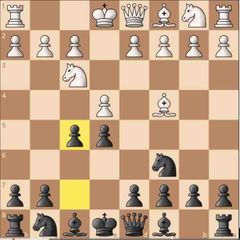
f5, white will think that you blundered, your kingside is open and your giving up a pawn. The best players can deal with this opening, sure, but 90% of players can’t find the right move for white |
|
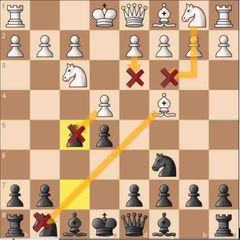
In this position all the options being shown for white are incorrect moves. Remember this, and for later, what is white’s best move. |
pawn to d4 |
|

In the Rousseau Gambit declined one way to decline and defend the e4 pawn is Nc3. If you take the pawn, threatening their knight on f3 which will have nowhere to go except retreating, white is pressured to take the pawn back with Nxe4. What is blacks best move |

d5. The pieces are forked. If the bishop takes you use your queen |
|
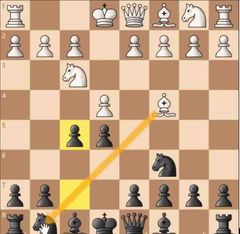
Another way white can try to respond is to play Bxg8. Would this be an error? |
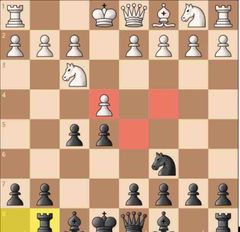
Yes. You use your passive rook to take a very active piece that has now relinquished control |
|
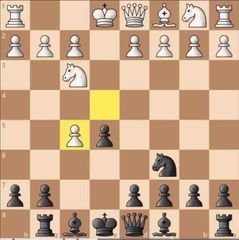
In this position, which is basically just the gambit accepted (which can happen if or if not their bishop took your knight first) what is blacks best move |
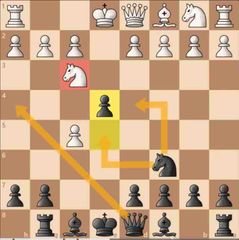
In the Rousseau Gambit Accepted pushing your e5 pawn to e4 is best because the only square the knight can go to is back at it’s homebase, wasting moves and prolonging kingside castling |
|
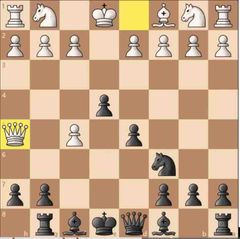
One thing to look out for in the Rousseau Gambit is to make sure the queen can’t deliver powerful checks on your king. However in this position why is this not a problem. |
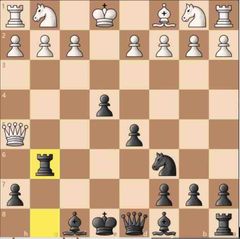
You trade pawns and then take with your rook, because in other positions your room could be captured if it was on h8. |
|
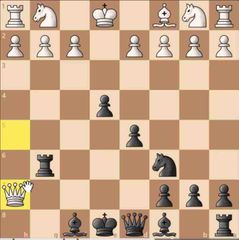
If Rxg6 why should the queen not take on h7 |
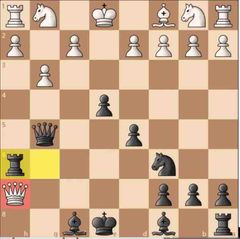
You play Qg5 attacking their g pawn that has to move so their rook is not taken, and if they defend like shown here in the example Rh6 is played. The queen is nearly trapped. (If Qxc7 from white you play Bd6 trapping the queen) |
|
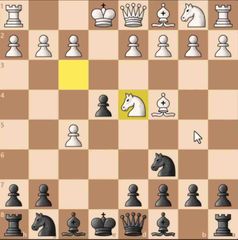
Now white probably should have never accepted your gambit, but back to when it was accepted once you push your pawn a move white can play is Nd4. Is this a good move |
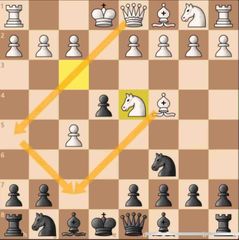
Yes, if black misses it, then a type of scholars mate from white can be delivered. Remember, the queen can come and deliver scary checks and take the rook if it’s on h8 when your not careful enough |
|
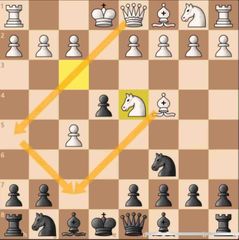
So I’m this position black to move |
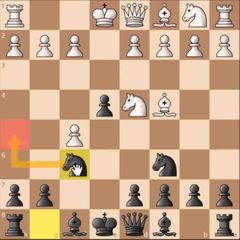
Nf6. An easy solution as represented above. |
|

If white’s knight just captured your knight on c6, and you take back with the b6 pawn. Should you be scared of doubled pawns? |
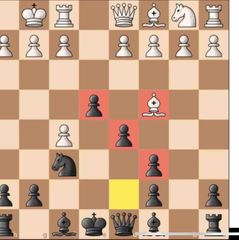
No, you can open up your bishop to take the free lawn on f5, and you have a strong pawn chain that kicks white’s bishop out. (Note; if you had taken and doubled your pawns with the other lawn the position would still be good for black, b6 is just more effective in real games) |
|
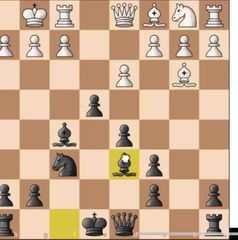
So when it comes to concepts and tactics white usually wants to try and challenge your _______ with a move like d3. But when you capture back with the knight you will have a _____ position and _________ while bringing out multiple attackers to white’s kingside. |

1. Central pawn chain. 2. Strong position 3. Castle Note: your rook will be on the f file and you can perform tactics like the Greek gift (sacrificing your bishop with insurance from your Queen and other pieces) |
|
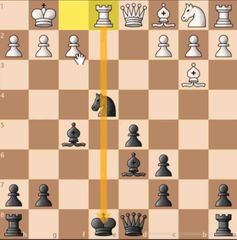
In a position like this when your knight is pinned just play the _____ |
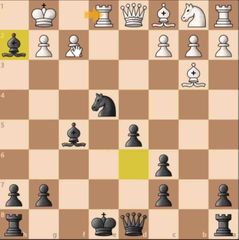
Greek gift sacrifice. Once your bishop is taken play Qh4, once their king retreats (which was weakened by their rook moving) Qxf2 is played and protected by the knight. Their is no forcing checkmate for black here but black is significantly better |
|
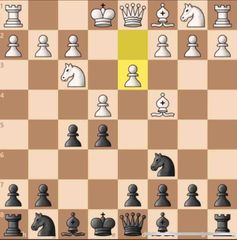
In the declined variation white can decline by playing d3, what does black do |
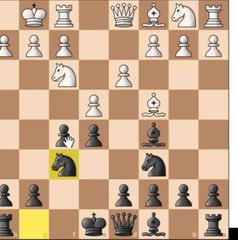
Develop your bishopto c5 first and then your knight, putting pressure on pawns and the center |
|
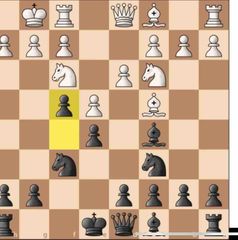
In a position like this when both white and black have knights and one bishop developed, is playing f4 a good move according to Stockfish |

No, however human players don’t know how to go against this, black occupies the d4 square and whites bishop won’t be going on anytime soon |
|
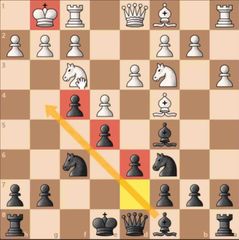
So like in other variations black should _____ their bishop while creating a _____. White’s pieces honestly can’t really do anything and your ready to attack. |
1. Open up 2. Pawn chain |
|
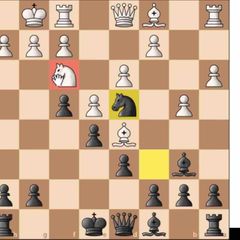
So what happens most of the time in the Rousseau is that black needs to eliminate the _____ this defender of the king. You can bring out your ____ and ____ to attack the king that has no _____ anymore. |
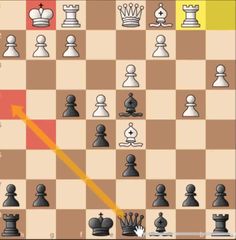
1. Knight on f3 2. Bishop 3. Queen 4. Defenders |
|
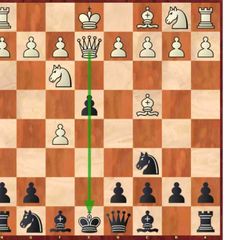
Back to when the gambit was accepted and you push your pawn, sometimes white will try to pin your pawn with their Queen. Blacks response? |
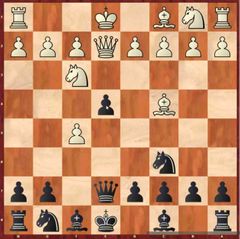
Qe7, the knight will have to retreat anyway |
|
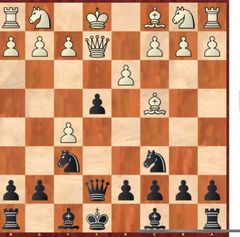
After the knight goes back black needs to _____ their pieces. White will try to play something like d3 to destroy your ____ because they can’t _____ their ____. Blacks best move and why? |

1. Developer. 2. Strong pawn 3. develop their 4. Knight Black’s best response is Nd4, a good central square across many variations in this gambit. In this position the queen is attacked and your knight is threatening a check to the king to then take a rook. |
|
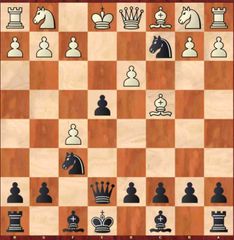
However, if they move their Queen back, why should you still take on c2? |
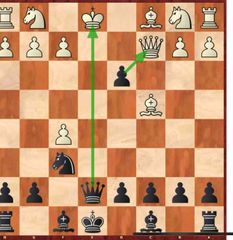
Because they will have to take back not wanting to lose their rook. Then you make a discovered check by capturing the d3 pawn, threatening their Queen while checking the king. Their Queen is lost |
|
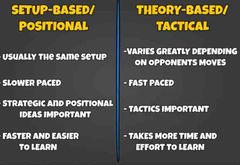
So, what are the main concepts of the Rousseau Gambit (accepted and declined) and is it set-up based or theory based |
Tactical-Based, though the ideas don’t vary too much, but you do have to memorize different lines cause they are different. Main concepts are to threaten their developed pieces, lock in your center and get out your pieces to attack their kingside while setting too many traps to count |

